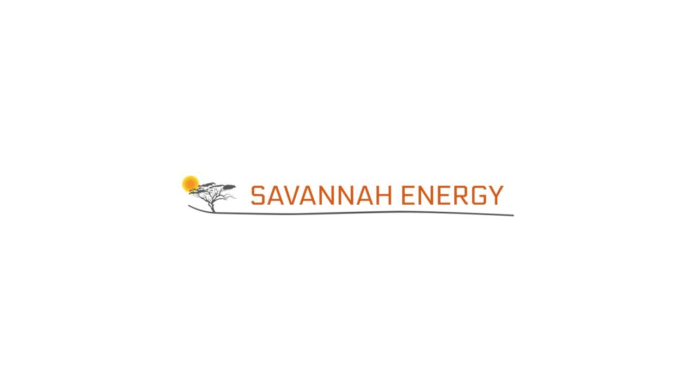Savannah Energy, a London-listed energy company, is planning to drill an exploration well in Nigeria that could potentially uncover over 150 billion cubic feet (Bcf) of natural gas.
The proposed well would be located near Savannah’s existing Uquo gas asset, which is a key component of its operations in the region.
The company is currently nearing completion of a significant gas compression infrastructure project at the Uquo field, valued at $45 million.
This project includes the installation of two compressors, with one already operational and the second expected to come online by the end of June. Savannah noted that the project is being delivered below budget, and once fully completed, it will enhance the company’s capacity to optimise gas production from both current and future wells.
As part of its strategic plan for growth, Savannah’s first-quarter 2025 trading update revealed ongoing procurement activities for long-lead equipment. These preparations are in anticipation of a possible two-well drilling campaign in the Uquo area, set to begin in the final quarter of 2025. The campaign would mark a significant step in bolstering gas output in the region.
Specifically, Savannah has already completed essential well site and flowline surveys for the Uquo North East development well. This well is forecast to produce up to 80 million cubic feet of gas per day, contributing meaningfully to the company’s supply capabilities.
In addition to Uquo North East, Savannah is also considering an exploration well at the Uquo South prospect. If approved, this well may be drilled immediately following the Uquo North East well. Uquo South is believed to contain an unrisked gross gas-in-place resource estimate of approximately 154 Bcf, making it a high-value target in the company’s exploration portfolio.
Beyond Nigeria, Savannah is also advancing plans in neighbouring Niger. The company has outlined the potential for a well testing campaign involving four discovery wells — Amdigh-1, Eridal-1, Bushiya-1, and Kunama-1 — located in the R3 East Area. However, this campaign is contingent upon reaching satisfactory agreements with key stakeholders. If approvals are secured, testing could begin before the end of 2025.
The discoveries in Niger are of strategic significance, with the potential to feed into the China-operated Niger-Benin crude oil export pipeline. This pipeline currently transports around 90,000 barrels per day from the Chinese state-run CNPC International’s Agadem oil block, and could offer Savannah an efficient export route for future production.
Savannah is currently at the pre-contract stage for the Niger well testing programme. The company has estimated the total cost of the campaign at approximately $14.5 million. If the tests yield positive results, Savannah plans to expedite commercial oil production in the R3 East Area and will incorporate the data gathered into a broader field development strategy.
According to company estimates, the Niger project could ultimately support the development of around 35 million barrels of recoverable oil. This would represent a major step forward for Savannah’s upstream activities in the country.
In its operational update, Savannah also reported that its Nigerian operations delivered an average production of 23,600 barrels of oil equivalent per day during the first quarter of 2025. This level of production is consistent with output levels recorded during the same period in 2024, reflecting steady performance in its core market.
Through its planned drilling initiatives, infrastructure upgrades, and cross-border exploration activities, Savannah Energy is positioning itself for significant growth in West Africa’s energy sector. These developments not only strengthen its presence in Nigeria but also expand its footprint in Niger, potentially transforming the company’s gas and oil output over the coming years.
BusinessDay



